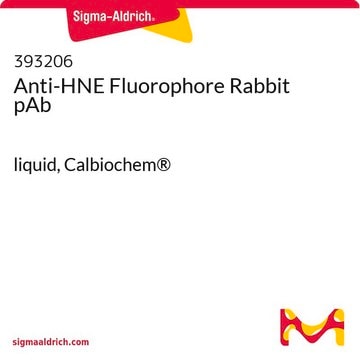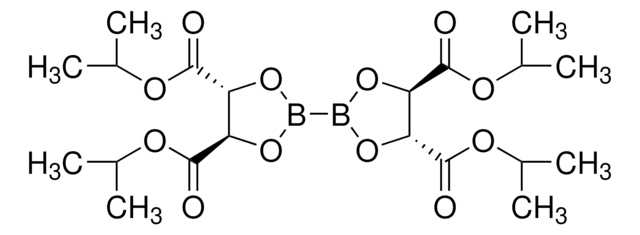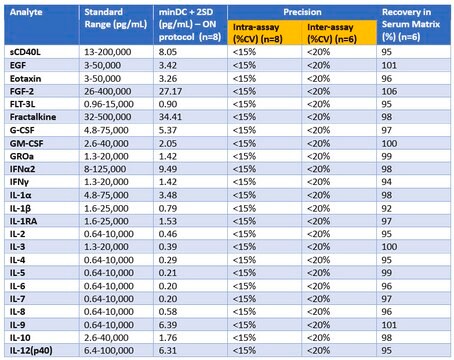V900403
Gly-Gly
99%, Vetec™
Synonim(y):
Diglycine, Glycyl-glycine
About This Item
Polecane produkty
product name
Gly-Gly, Vetec™, reagent grade, 99%
klasa czystości
reagent grade
linia produktu
Vetec™
Próba
99%
Postać
powder
metody
ligand binding assay: suitable
kolor
white
przydatny zakres pH
7.5-8.9
pKa (25°C)
8.2
mp
255-260 °C
ciąg SMILES
NCC(=O)NCC(O)=O
InChI
1S/C4H8N2O3/c5-1-3(7)6-2-4(8)9/h1-2,5H2,(H,6,7)(H,8,9)
Klucz InChI
YMAWOPBAYDPSLA-UHFFFAOYSA-N
Szukasz podobnych produktów? Odwiedź Przewodnik dotyczący porównywania produktów
Informacje prawne
Kod klasy składowania
11 - Combustible Solids
Klasa zagrożenia wodnego (WGK)
WGK 3
Temperatura zapłonu (°F)
Not applicable
Temperatura zapłonu (°C)
Not applicable
Certyfikaty analizy (CoA)
Poszukaj Certyfikaty analizy (CoA), wpisując numer partii/serii produktów. Numery serii i partii można znaleźć na etykiecie produktu po słowach „seria” lub „partia”.
Masz już ten produkt?
Dokumenty związane z niedawno zakupionymi produktami zostały zamieszczone w Bibliotece dokumentów.
Nasz zespół naukowców ma doświadczenie we wszystkich obszarach badań, w tym w naukach przyrodniczych, materiałoznawstwie, syntezie chemicznej, chromatografii, analityce i wielu innych dziedzinach.
Skontaktuj się z zespołem ds. pomocy technicznej








